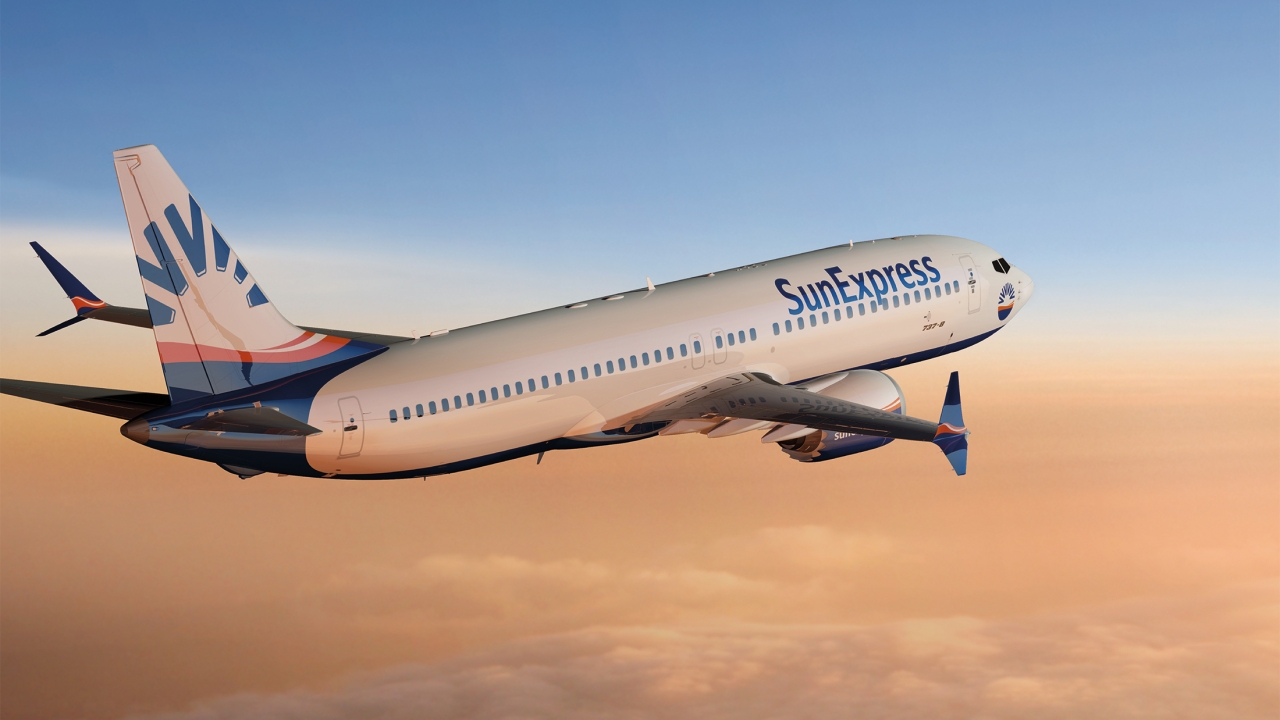Sohar ...so good
The Oman Aviation Academy is expected to start operations soon as it gears up to produce future generations of pilots for the Gulf region. Alan Dron reports.

The new airport at Sohar, in the north of Oman, is a relatively quiet location. Currently, just three airlines operate into it.
That may make it a one of the quieter airports in the Gulf but the relative lack of airliner movements brings other benefits. It makes it an ideal place for Oman Aviation Academy (OAA), with uncrowded airspace allowing plenty of room for local training flights.
Having signed an initial shareholders’ agreement last July to establish the OAA, arrangements have been moving forward behind the scenes to put in place the training infrastructure. It is understood from sources close to the project that the establishment is “very close” to being finalised.
The project is being overseen by the Oman Authority for Partnership for Development (OAPFD), in partnership with Airbus Helicopters, Oman National Investments Development Company (TANMA), Al-Hosn Investment Company and the Ministry of Defence Pension Fund. In a statement last December, the OAPFD said that it expected the academy to be operated by Canadian training and simulator specialists CAE; its UK branch, CAE Oxford Aviation Academy, will handle the actual training.
OAA will provide training for both Omani and regional trainees, with the aim of enabling them to obtain a European Aviation Safety Agency (EASA) frozen air transport pilot licence, which qualifies them to be pilots with regional and international carriers.
The academy will also be able to provide basic flight training for military pilots destined for Oman’s armed forces. Graduates from the academy will also go on to become the next generation of local flight instructors.
OAA’s facilities will include a 3,000sqm hangar, plus a further 4,000sqm of estate on the airport for a tower, taxiway and student accommodation. It will be able to handle up to 150 students a year.
The academy will be the final part of Airbus Helicopters’ offset commitments from earlier contracts with Oman. CAE is also undertaking some remaining offset commitments after having supplied the Royal Air Force of Oman with two simulators for the AgustaWestland Super Lynx 300 helicopters some years ago.
“Airbus has always prided itself on its long-standing relationship with Oman [and] our partnership with Oman Aviation Academy is a direct reflection of our efforts to support Oman and be part of its growth vision,” said Ben Bridge, Airbus Helicopters’ executive vice-president, global business. “We are keen to help shape the future of Oman’s fast-growing aerospace sector by fostering innovation and talent development.”
As part of this aim of increasing the capabilities of the aerospace sector, OAA has signed a training agreement with national carrier, Oman Air, to provide training for 48 pilots annually, instead of sending them abroad for their flight training. This will aid the airline’s Omanisation plans.
Shortly before retiring late last year, Oman Air CEO, Paul Gregorowitsch, said that the airline’s involvement with the new OAA would bring significant benefits, not just for the airline but the nation as a whole: “The national carrier synergises seamlessly with OAPFD to achieve comprehensive and sustainable economic development in the sultanate.”
The academy is also expected to attract trainees from throughout the Gulf, with CAE marketing the new establishment both regionally and globally.
The OAPFD has also signed a cooperation agreement with Oman’s Sultan Qaboos University for the first students to undertake a special foundation course before moving on to their flying training.
The types of aircraft to be utilised by the academy have not yet been formally announced, but the fleet is expected to consist of nine piston singles and four piston twins, together with the appropriate simulators.
The academy will play a part in developing the Sultanate’s wider economy, through the development of the local aviation sector; more than 30,000 pilots are expected to be needed in the Middle East over the next 20 years. OAA’s presence will also enhance the operational role of Sohar Airport, attracting foreign investments.
Stay up to date
Subscribe to the free Times Aerospace newsletter and receive the latest content every week. We'll never share your email address.

